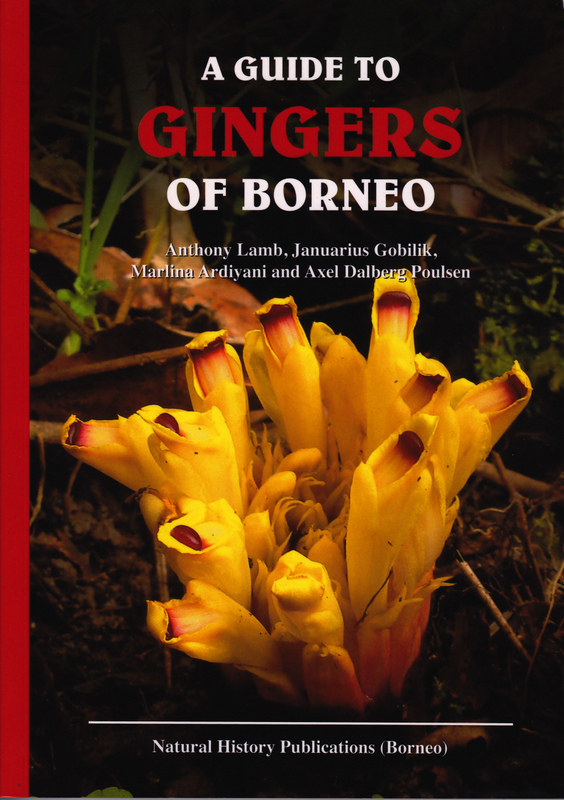‘Guide to Gingers of Borneo’ launched
KOTA KINABALU, Nov 6: Sprouting riotously colorful flowers always, Sabah’s wild gingers in bloom never fail to make heads turn in the jungle.
“A Guide to Gingers of Borneo” launched by Tan Jiew Hoe, President of Gardening Society of Singapore, at the Sabah Society Secretariat, Damai, strikes the reader precisely with that overwhelming impression practically from cover to cover.
But strangely, the great potentials of gingers’ sheer foliage beauty and very showy flowers as ornamental plants has been “totally under-utilised” in the horticulture trade, Tan noted, except for 13-14 kinds in the market although use of their edible fruits and shoots for food, salads and many medicinal purposes had been known for centuries.
By popular demand, ginger remains a major spice crop until today but not its instant captivating attraction, it was lamented at the book launch.
A total of about 1,500 species of gingers are found across the world of which Borneo has between 250-300 species with 19 genera – very diverse many of which remain undescribed, according to Anthony Lamb – lead author of the book.
The book covers 100 species with representatives of all 19 genera enumerated by Tony Lamb and three co-authors – Januarius Gobilik of UMS, Dr Marlina Ardiyani of Bogor Botanic Garden, Indonesia and Dr Axel Dalberg Poulsen, Director of Oslo Botanic Gardens, Norway – while many more species remain to be described.
“I really hope this little book will get people interested in ginger,” Lamb said.
“Beyond that, it is also about getting people interested in learning about plants because without plants we won’t be here,” noted Lamb who said he’d just come back inspired from a major 5th Global Congress on Botanic Gardens in Dunedin, New Zealand, attended by 47 countries, in October.
“That was the major theme that without plants we won’t be here and we really got to do something,” said Lamb who cited all sorts of stepped up activities in Botanic gardens getting the public and children interested in gardens and learning about plants.
“What’s amazing I was really shocked to find out that until 30 years ago there were less than 800 botanic gardens worldwide but now there are 3,000 and some huge ones in China some several hundred kilometres in size.” Lamb noted.
“The down side is horticulturists – we just can’t find horticulturists, people not going into horticulture, not going into botany because all the western countries are cutting down their work on botany É” he added.
“Here we are Sabah alone, there so much to discover and Malaysia as a whole and it struck me that there are not enough botanists to work on them,” Lamb said.
“To cap it all, we have just discovered in the Kinabalu area of 754 sq km new plants and 6,000 species of vascular plants total which is the richest biodiversity per unit area in the world and that’s quite amazing,” Lamb pointed out.
Publisher Datuk CL Chan of Natural History Publications (Borneo) said targeting public interest and public education on plants is the purpose of the book.
“A Guide to the Gingers of Borneo is the fourth title in the series of Guides to the flora of Borneo and other countries in Southeast Asia,” Chan noted.
“This series of guides with simple explanatory text covers different groups of plants, such as orchids and gingers, by botanists who have studied their respective subjects,” he said.
“The intention of these limp-back guides is to provide the general public with useful and informative color guides at affordable price, to cover the amazing diversity of flora otherwise hidden to the general nature lover in scientific journals and monographs,” Chan explained.
Lamb, with his in-depth field knowledge on the wild fruits of Sabah, is also working on another new title ‘A Guide to the Fruits of Borneo’ scheduled form 2014, Chan said.
source: Daily Express
Disclaimer
You are free to comment on this article using a valid Facebook account.





Mahadimenakbar Mohamed Dawood
Wow! Januarius Gobilik! Congratulations….